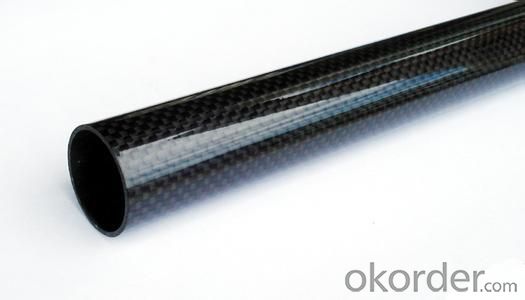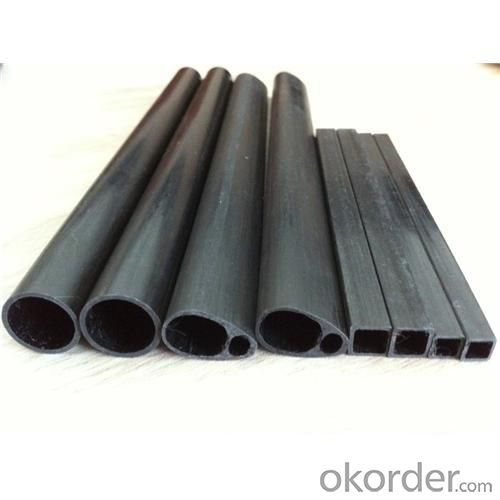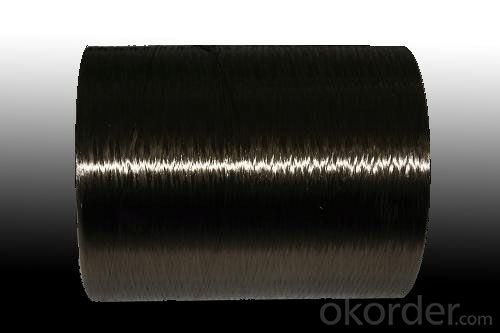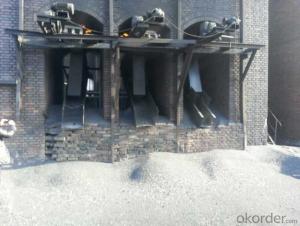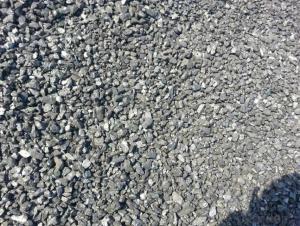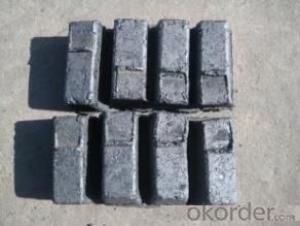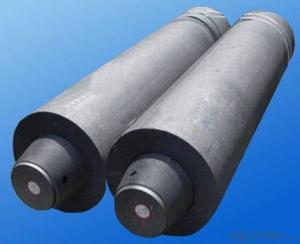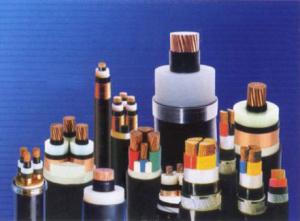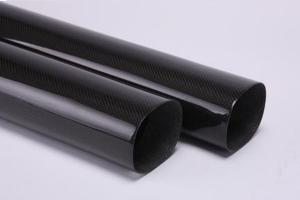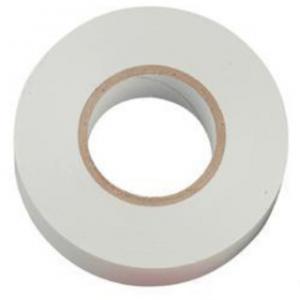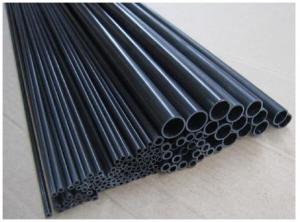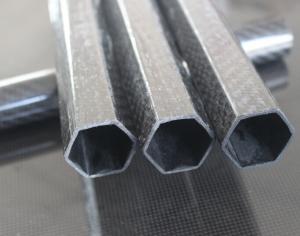Carbon Fiber/ Fiberglass Tube/Pipe
- Loading Port:
- China Main Port
- Payment Terms:
- TT or LC
- Min Order Qty:
- 2 Ton m.t.
- Supply Capability:
- 1000Ton m.t./month
OKorder Service Pledge
OKorder Financial Service
You Might Also Like
Specifications of Carbon Fiber/ Fiberglass Tube
1. Material: carbonized polyacrylonitrile fiber
2. Filament number:6k
3. Fiber type: T300
4. Tensile strength: 360kgf/mm2
General Data of Carbon Fiber/ Fiberglass Tube
Weaving Style: Unidirectional, Plain, Twill
Input Available: 3k, 6k, 12k Carbon fiber
Weight: 15 0 ~ 600g / m2
Roll length: To be specified
Storage of Carbon Fiber/ Fiberglass Tube
It is recommended that the carbon fiber fabric are stored in a cool and dry environment. Recommended temperature range of storage is between 10 ~ 30 degree and relative humidity between 50 ~ 75%.The carbon fiber fabric should remain in the packaging until just prior to use.
Packaging & Delivery of Carbon Fiber/ Fiberglass Tube
Product is manufactured in form of a roll wound on a paper tube and then packed in a plastic film and placed within a cardboard carton. Rolls can be loaded into a container directly or on pallets.
Packaging Detail: carton
Delivery Detail: within 20 days
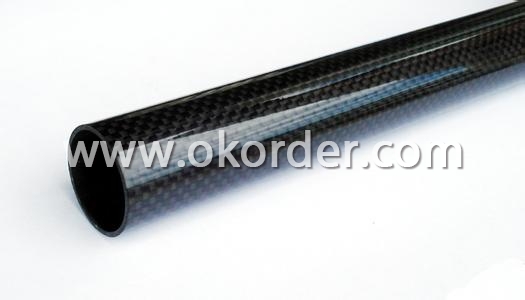
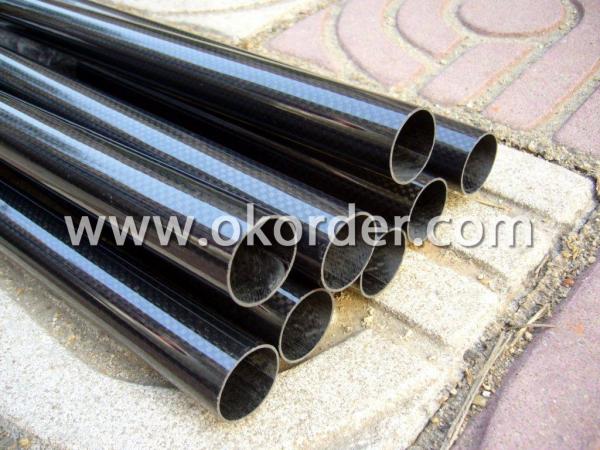
- Q: What are the 3K, 12K, UD, etc. in the appearance requirements of the carbon fiber bicycle? What's the difference?
- 3K 12K UD refers to the pattern of carbon fiber thickness, 3K pattern is the smallest of the above lattice minimum.The higher the number of K, the more tedious the process, the more expensive the cost, but unfortunately, the performance of large pieces of no help, just to meet psychological needs. The smaller the carbon fiber object, the smaller the grid, so that the force is better. The carbon fiber component of the remote control helicopter is the 3K pattern. My 12K version is on ArchitectureThere are some people say: UD carbon cloth is like carbon cloth, and there is a gap between the strength of carbon cloth, 3K carbon cloth is made of 3 thousand carbon fiber woven cloth, UD imitation carbon cloth is formed in parallel with carbon fiber tile free carbon cloth, and then cut into UD imitation carbon cloth needs finally, to make the same width, Zhumie into UD.
- Q: What is carbon nanoelectrode?
- A carbon nanoelectrode is a tiny electrode made of carbon nanotubes or graphene that has unique electrical properties. It is used in various fields such as electrochemistry and bioelectronics, enabling highly sensitive and precise measurements due to its high surface area and conductivity.
- Q: What are carbon nanotubes?
- Carbon nanotubes, characterized by their unique structure, are cylindrical formations made solely of carbon atoms. These nanotubes, aptly named due to their minuscule diameter of a few nanometers, can attain remarkable lengths of several centimeters. The distinctive structure of carbon nanotubes grants them extraordinary properties. They exhibit exceptional strength and mechanical characteristics, surpassing steel by a factor of 100 while only weighing one-sixth as much. Furthermore, they possess remarkable thermal and electrical conductivity. Categorically, carbon nanotubes can be classified into two primary types: single-walled carbon nanotubes (SWCNTs) and multi-walled carbon nanotubes (MWCNTs). Single-walled nanotubes consist of a solitary layer of rolled carbon atoms, whereas multi-walled nanotubes comprise several layers of these nested formations. The exceptional properties of carbon nanotubes enable their diverse applications across numerous fields. In the realm of electronics, their high electrical conductivity renders them suitable for use as transistors and interconnects. Additionally, their substantial surface area and electrical conductivity make them ideal for incorporation into energy storage devices like batteries and supercapacitors. Within materials science, carbon nanotubes reinforce composites, enhancing their strength and reducing their weight. Moreover, they exhibit potential applications in medicine as drug delivery systems and imaging agents. Ongoing research endeavors strive to deepen our understanding and harness the potential of carbon nanotubes. Nonetheless, challenges persist regarding their large-scale production, cost-effectiveness, and possible health and environmental ramifications. Overall, carbon nanotubes represent an exhilarating and promising domain of nanotechnology, offering vast possibilities for advancements in various fields.
- Q: Where do I buy DNF premium advanced carbon?
- Before in the mall to buy, now advanced has been officially cancelled only in the network, the old machine and rock strengthening reinforcement, carbon furnace has been canceled, now can only rely on colorless strengthening, but to strengthen and improve the success rate of the previous 10 carbon furnace rock will burst, now with a colorless hundred won't burst. So please accept, quack quack!
- Q: How are fossil fuels formed from carbon?
- Carbon undergoes a natural process that spans millions of years, resulting in the formation of fossil fuels. This process commences with the remnants of plants and animals that existed millions of years ago. These remnants, containing carbon, become buried beneath layers of sediment in bodies of water such as oceans and swamps. Over time, the pressure exerted by the sediment layers and the heat emanating from the Earth's crust lead to the occurrence of diagenesis. During diagenesis, the organic matter within the remnants undergoes chemical alterations, turning it into a substance called kerogen. As additional sediment layers continue to accumulate, the temperature and pressure intensify. Eventually, the kerogen experiences catagenesis, wherein it is subjected to even higher temperatures. This causes the kerogen to disintegrate and convert into liquid and gaseous hydrocarbons, which constitute the primary constituents of fossil fuels. Crude oil or petroleum arises from the formation of liquid hydrocarbons, while natural gas arises from the formation of gaseous hydrocarbons. Both of these fossil fuels can be extracted from the Earth's crust through the process of drilling. In brief, fossil fuels are generated from carbon through a intricate and protracted process that encompasses the burial, pressure, and heat treatment of organic matter across millions of years. This process alters the remains rich in carbon into hydrocarbons, which subsequently become the valuable resources we employ as fossil fuels today.
- Q: What is the role of carbon in photosynthesis?
- The role of carbon in photosynthesis is essential. Carbon dioxide (CO2) is one of the primary reactants in the process of photosynthesis. During photosynthesis, plants and other photosynthetic organisms use carbon dioxide along with water and sunlight energy to produce glucose (a simple sugar). This glucose serves as the main source of energy for the plant's growth and development. Carbon dioxide enters the leaf through tiny pores called stomata and diffuses into the chloroplasts, where photosynthesis takes place. Inside the chloroplasts, carbon dioxide combines with water in the presence of sunlight and chlorophyll to undergo a series of chemical reactions known as the Calvin cycle or the dark reactions. In this cycle, glucose is synthesized and stored as a source of energy for the plant. The carbon atoms from carbon dioxide are the building blocks of glucose and other organic compounds formed during photosynthesis. Through a complex series of enzymatic reactions, carbon dioxide is converted into carbohydrates, lipids, proteins, and nucleic acids, which are essential for the plant's growth and survival. Photosynthesis not only helps in the production of glucose but also plays a significant role in the global carbon cycle. It is the process through which plants remove carbon dioxide from the atmosphere and release oxygen as a byproduct. This helps in regulating the levels of carbon dioxide in the atmosphere, mitigating climate change, and maintaining the oxygen balance necessary for all living organisms. In summary, carbon plays a crucial role in photosynthesis by serving as the raw material for the synthesis of glucose and other organic compounds. It is through this process that plants convert carbon dioxide into energy-rich molecules, contributing to their growth, survival, and the overall balance of carbon in the Earth's atmosphere.
- Q: when to use hard carbon, and when to use soft carbon. Neutral charcoal can play what role? Thank you.
- Soft charcoal as easily broken, so soft to the name. Hard charcoal is not easy to break, of course, also called hard charcoal. Models are generally marked with charcoal, it is easy to distinguish. When used, you can also judge.
- Q: What are the economic impacts of carbon emissions?
- The economic impacts of carbon emissions are significant and wide-ranging. Carbon emissions, primarily from the burning of fossil fuels, contribute to climate change and global warming. These changes in the climate have a direct impact on various economic sectors and can lead to both short-term and long-term economic consequences. One of the most notable economic impacts of carbon emissions is the cost of dealing with the effects of climate change. Extreme weather events, such as hurricanes, floods, and droughts, become more frequent and intense as a result of carbon emissions. These events can cause extensive damage to infrastructure, homes, and businesses, leading to significant economic losses. For example, in 2017, the United States experienced a record-breaking hurricane season, with hurricanes Harvey, Irma, and Maria causing an estimated $265 billion in damages. Moreover, carbon emissions also affect agricultural productivity. Climate change alters temperature and precipitation patterns, which can disrupt crop production and decrease yields. This, in turn, affects food prices and availability, impacting both consumers and farmers. Additionally, carbon emissions contribute to the acidification of oceans, which can harm marine ecosystems and disrupt fisheries, leading to economic losses for fishing communities. Furthermore, carbon emissions have implications for public health, which can result in economic burdens. Air pollution caused by carbon emissions can lead to respiratory and cardiovascular illnesses, increasing healthcare costs and reducing workforce productivity. In addition, extreme heatwaves, exacerbated by carbon emissions, can have a detrimental impact on worker productivity and labor capacity, affecting economic output. To mitigate the economic impacts of carbon emissions, many countries have implemented policies and regulations to reduce greenhouse gas emissions. These policies often include carbon pricing mechanisms, such as carbon taxes or cap-and-trade systems, which aim to incentivize the transition to cleaner energy sources and reduce carbon emissions. While these policies may have short-term economic costs, they can also create opportunities for innovation and the development of green technologies, which can lead to long-term economic benefits. In conclusion, the economic impacts of carbon emissions are significant and multifaceted. From the costs of dealing with climate-related disasters to the effects on agriculture, public health, and productivity, carbon emissions have far-reaching consequences. Addressing these impacts through the implementation of effective climate policies is crucial to mitigate the economic risks and foster a sustainable and resilient economy.
- Q: What does carbon cloth tonnage mean?
- Carbon cloth tonnage is illegal: mean a square centimeter of sectional area of carbon cloth tension of tonnage. Meaning that the carbon cloth rolled into a solid "rod" if the cross-sectional area of the bar is 1 cm, the maximum tension tonnage it bear -- carbon cloth tonnage.
- Q: What is a carbon electrode? What's the use? What's the current situation in the industry? Try to be specific. Thank you
- According to the composition of the electrode material, the electrode can be divided into three categories.The first kind of electrode is metal electrode and gas electrode, such as zinc electrode and copper electrode in Daniel cell, and standard hydrogen electrode;The second kind of electrodes are metal metal insoluble salt electrode and metal metal refractory oxide electrode, such as Ag-AgCl electrode.Third kinds of electrode is redox electrode (oxidation of any electrode was as redox electrode, here said the reduction electrode is refers to taking part in the electrode reaction substances are in the same solution), such as Fe3+, Fe2+ electrode solution composition.An electrode is a conductor in which an electric current enters or leaves an electrolyte during electrolysis. Electrolysis is the oxidation reduction reaction at the electrode interface.The electrode is divided into a cathode and an anode, and the anode is connected with the anode of the power supply, and the anode is oxidized. The cathode is connected with the cathode of the power supply, and the reduction reaction is arranged on the cathode.There are many kinds of electrolytic materials. Carbon electrodes are commonly used. In addition, titanium and other metals can also be used as electrodes. In electroplating, the metal containing the coating metal is often used as an anode, and the plated product is used as the cathode.
1. Manufacturer Overview
| Location | Shanghai, China |
| Year Established | 1995 |
| Annual Output Value | Above US$ 20,000 |
| Main Markets | Mid East; Eastern Europe; North America |
| Company Certifications | ISO 9002:2000 |
2. Manufacturer Certificates
| a) Certification Name | |
| Range | |
| Reference | |
| Validity Period |
3. Manufacturer Capability
| a) Trade Capacity | |
| Nearest Port | Shanghai |
| Export Percentage | 20% |
| No.of Employees in Trade Department | 100 People |
| Language Spoken: | Chinese |
| b) Factory Information | |
| Factory Size: | Above 100,000 square meters |
| No. of Production Lines | Above 5 |
| Contract Manufacturing | OEM Service Offered; Design Service Offered |
| Product Price Range | Average |
Send your message to us
Carbon Fiber/ Fiberglass Tube/Pipe
- Loading Port:
- China Main Port
- Payment Terms:
- TT or LC
- Min Order Qty:
- 2 Ton m.t.
- Supply Capability:
- 1000Ton m.t./month
OKorder Service Pledge
OKorder Financial Service
Similar products
Hot products
Hot Searches
Related keywords



